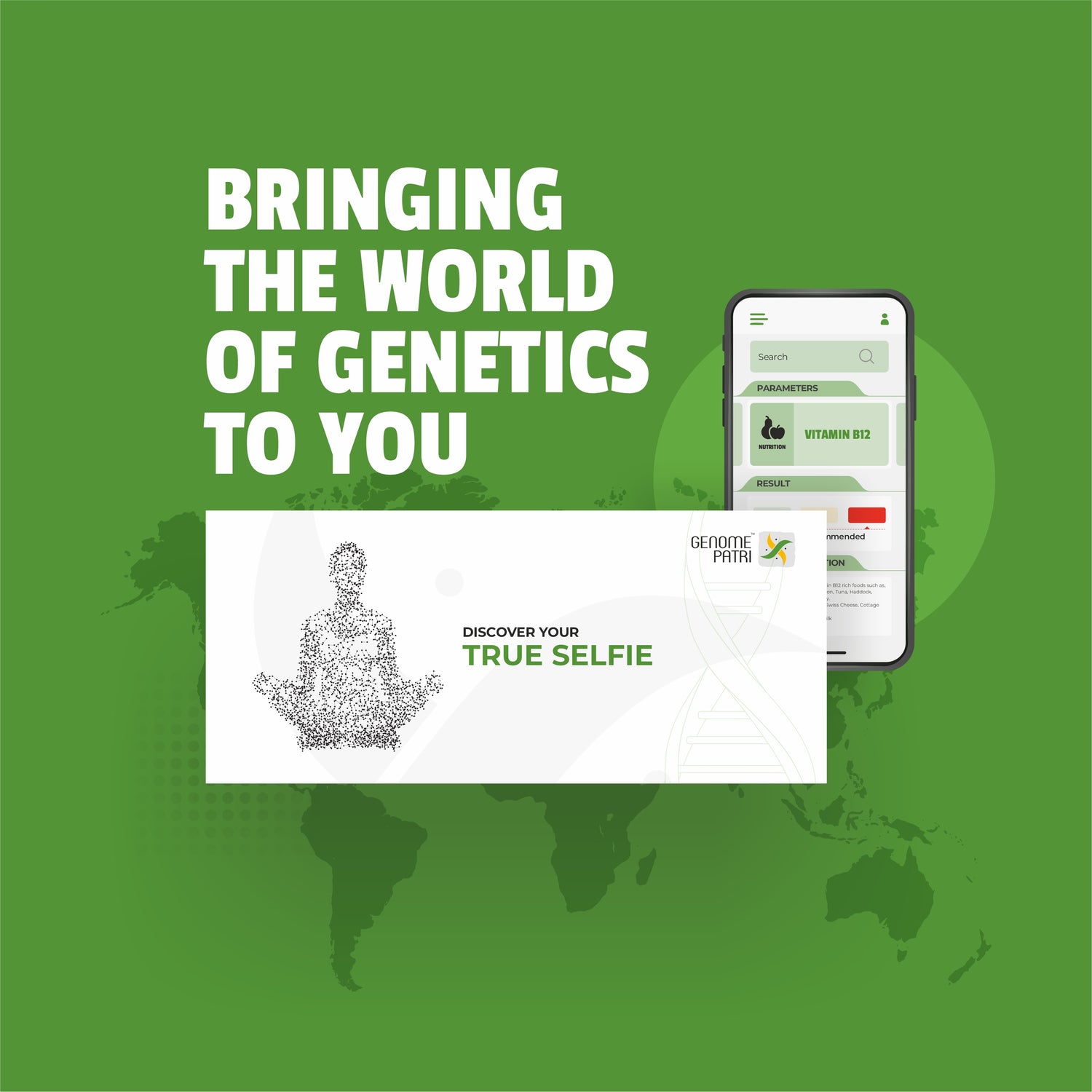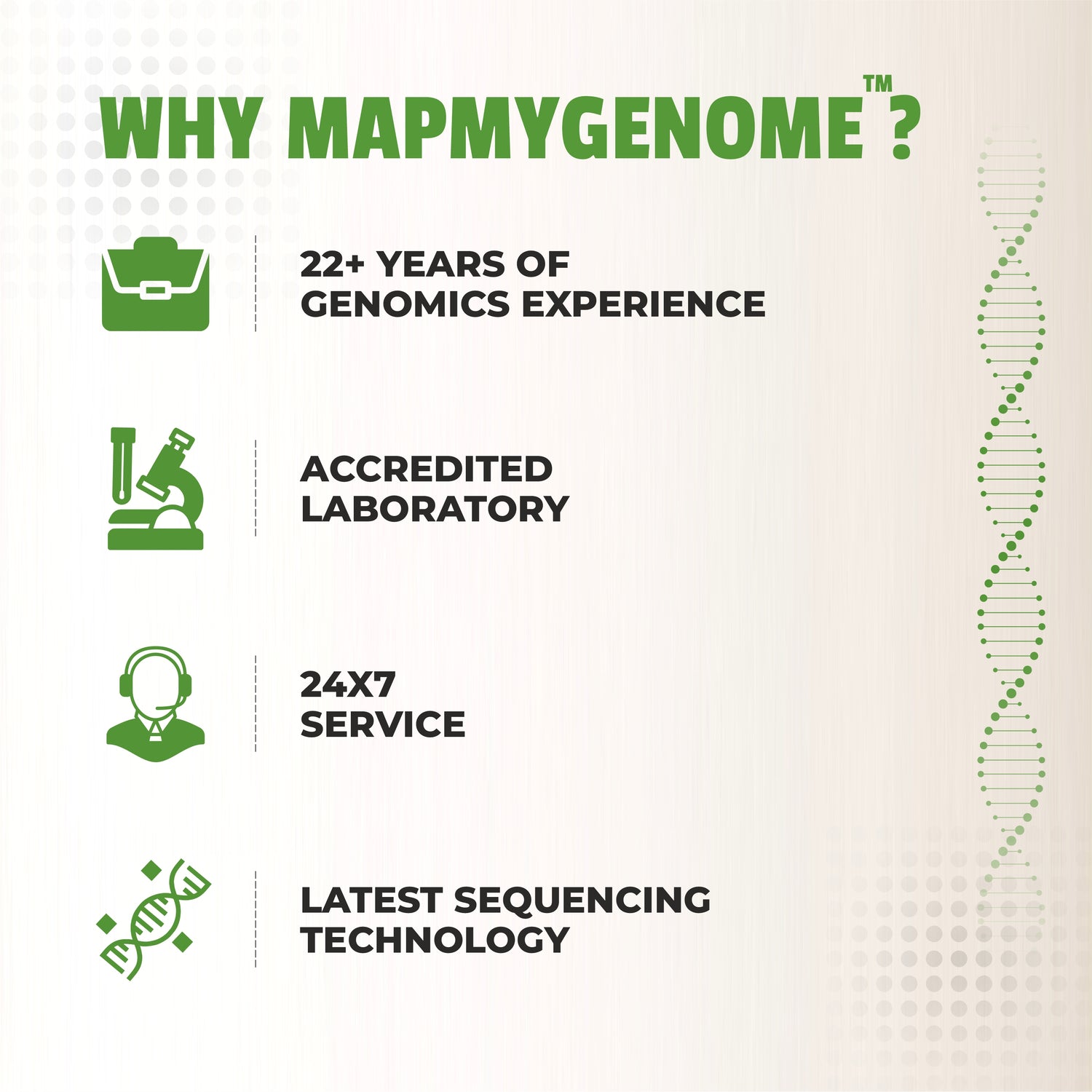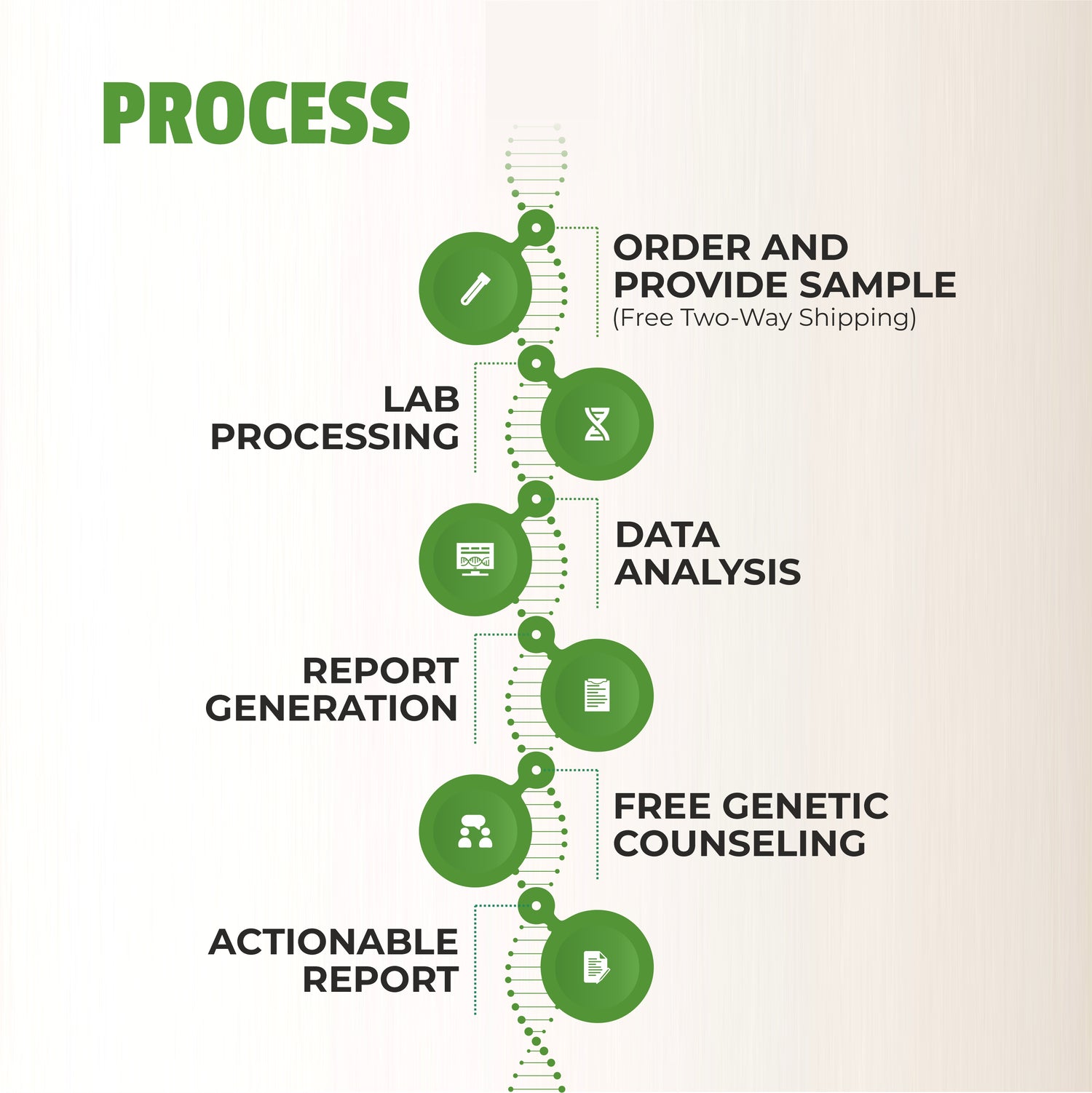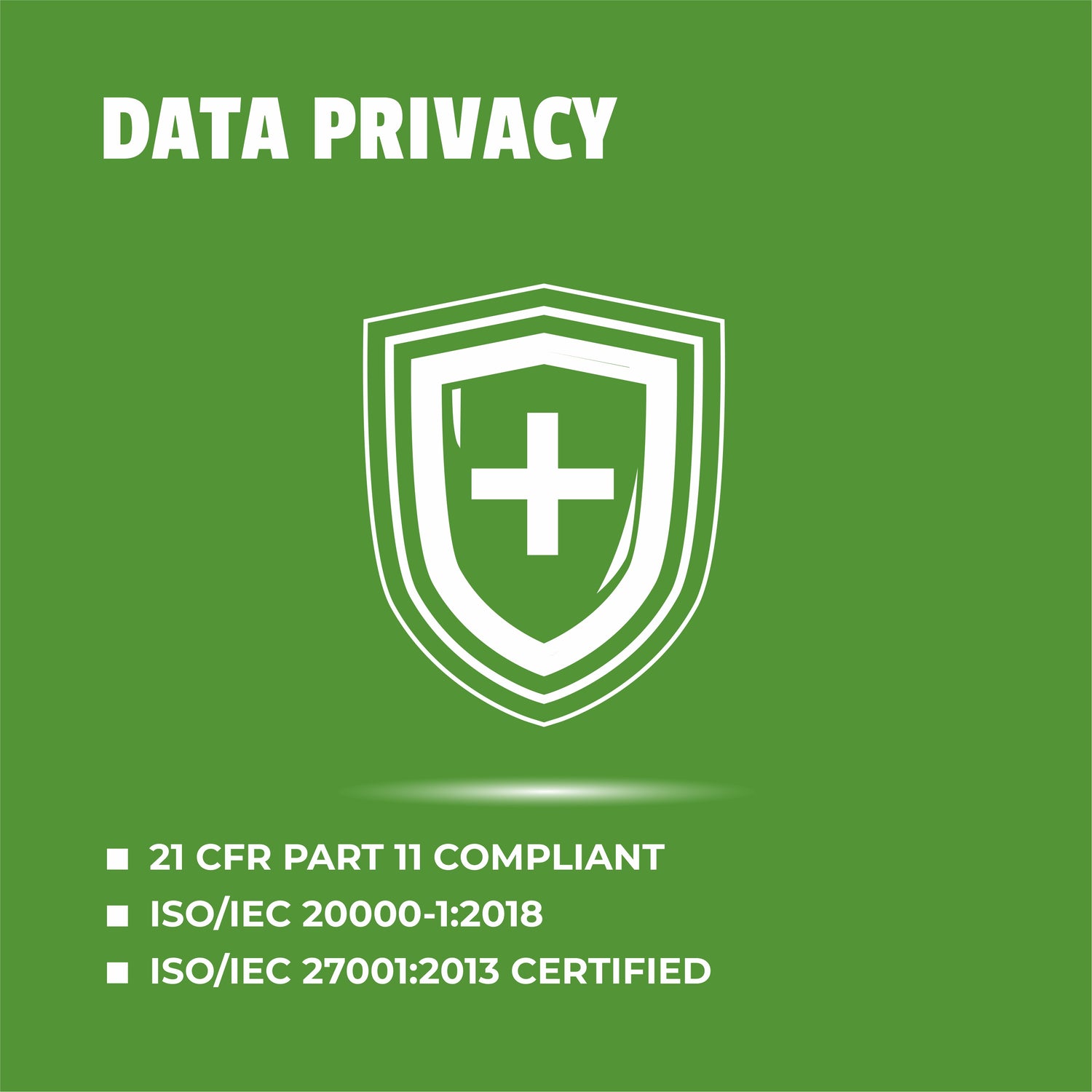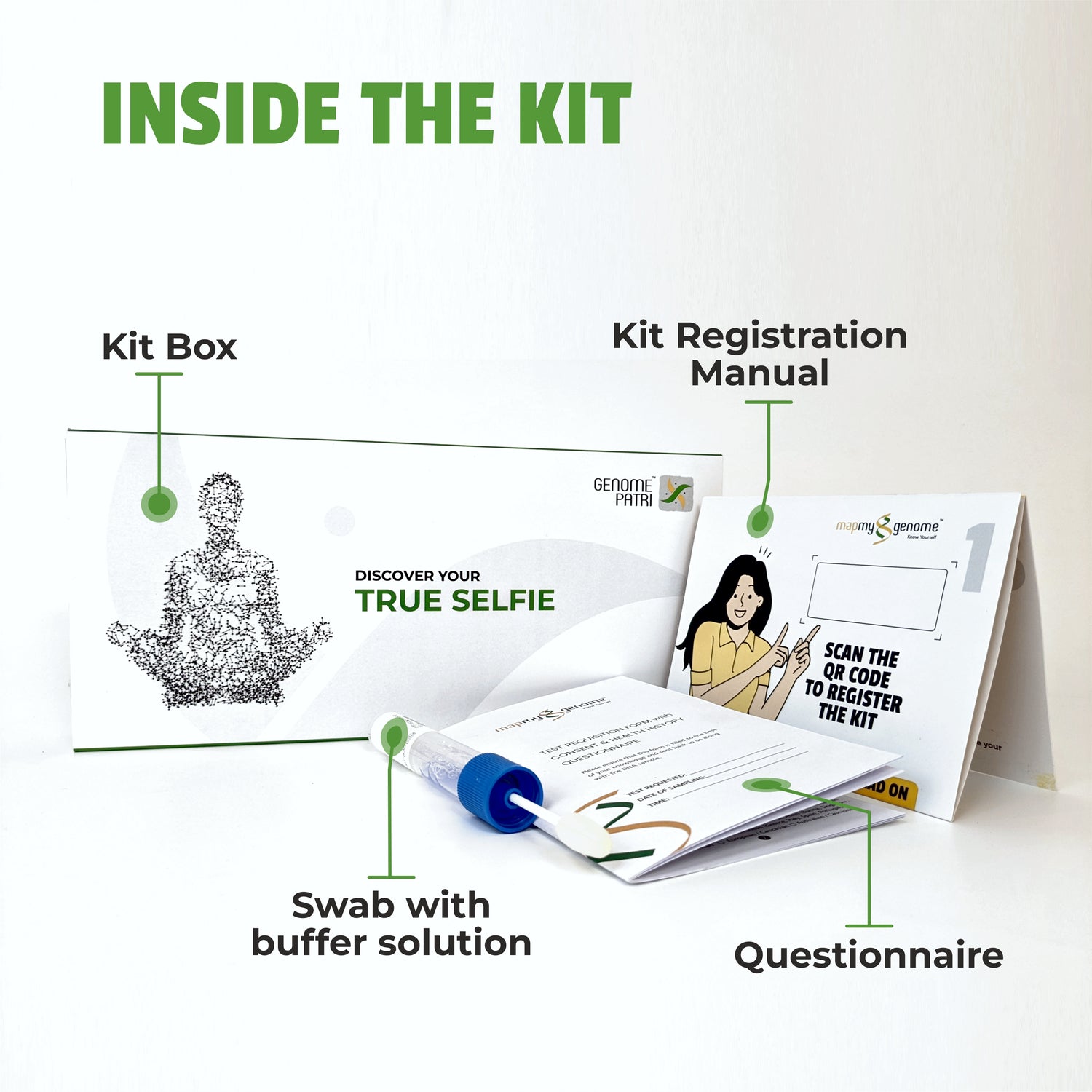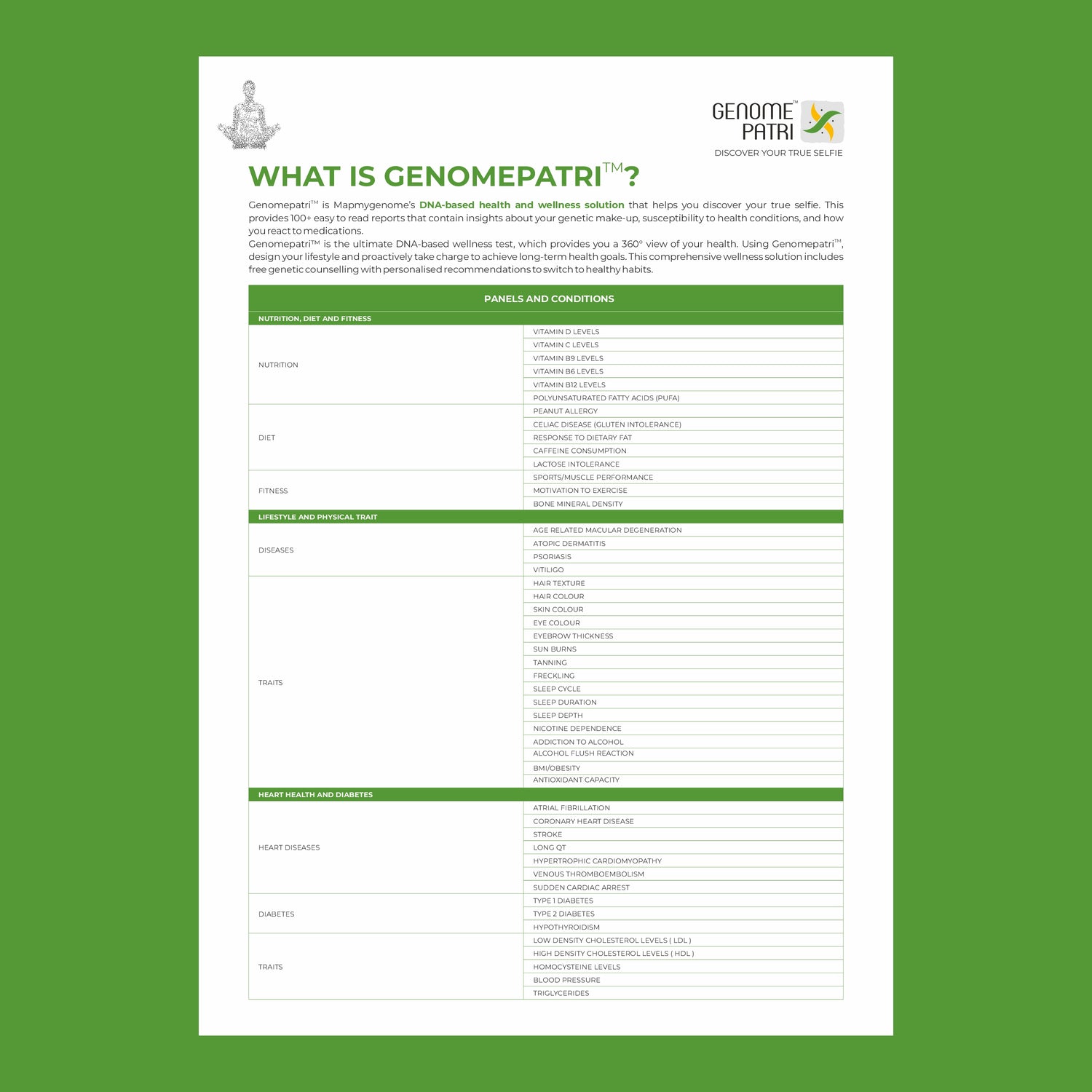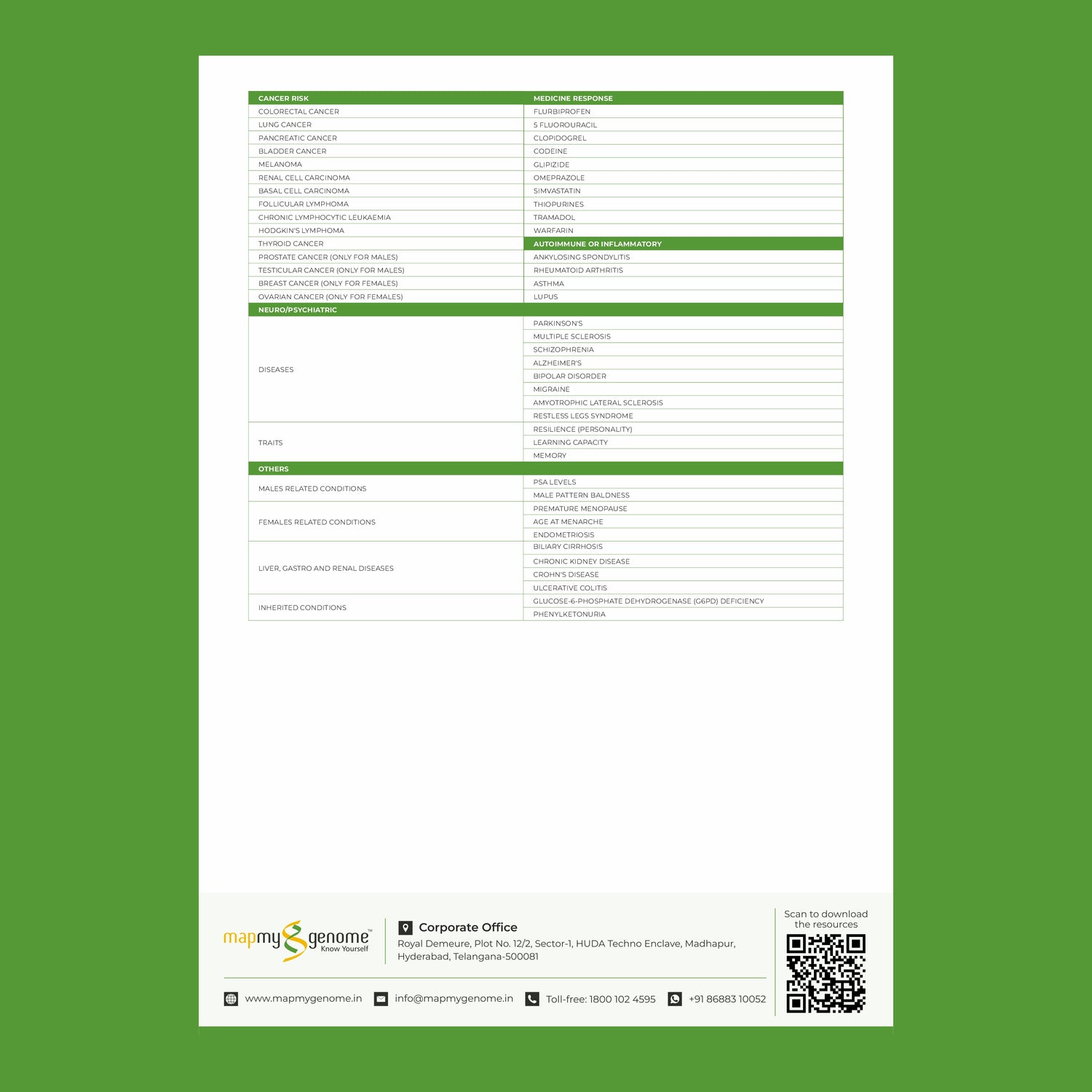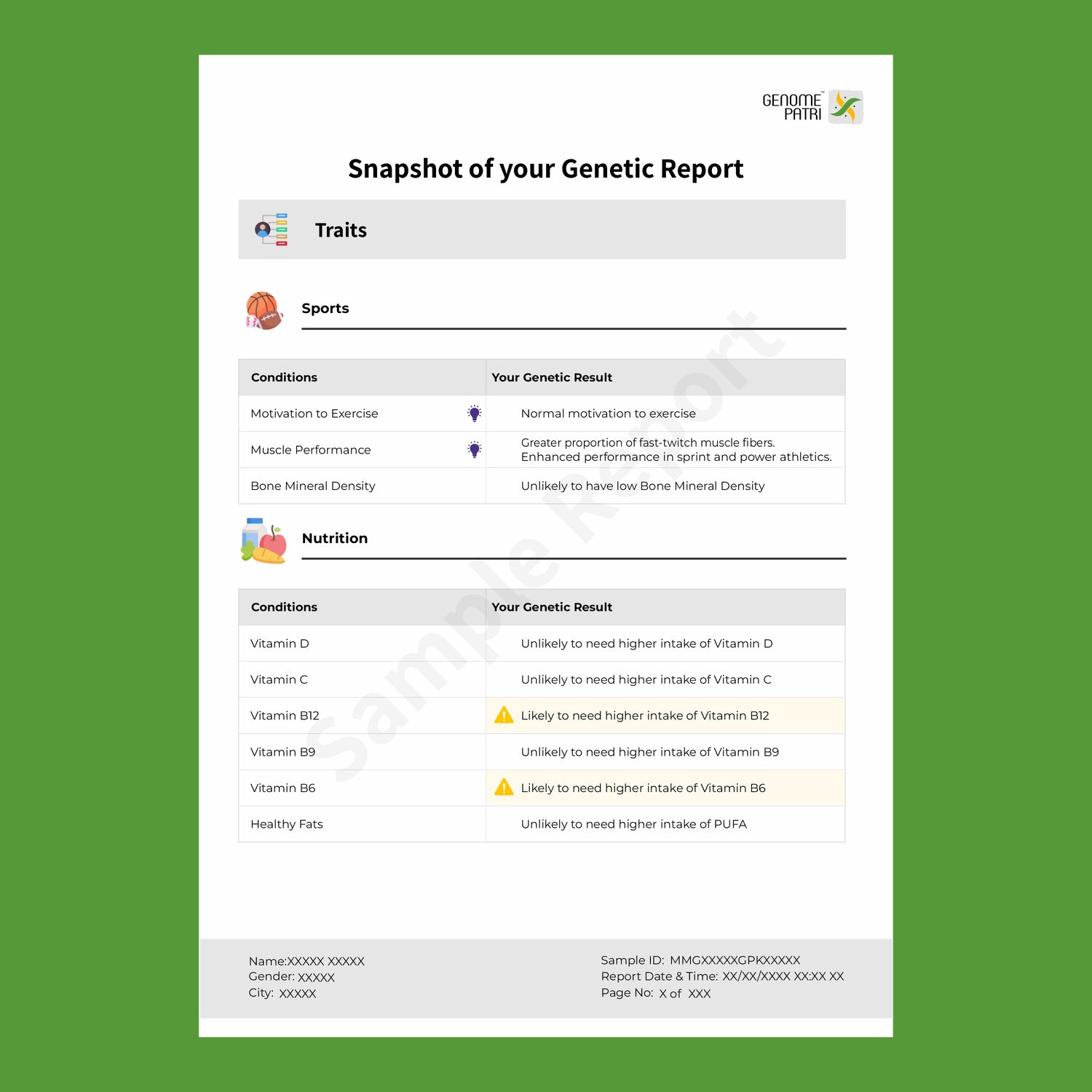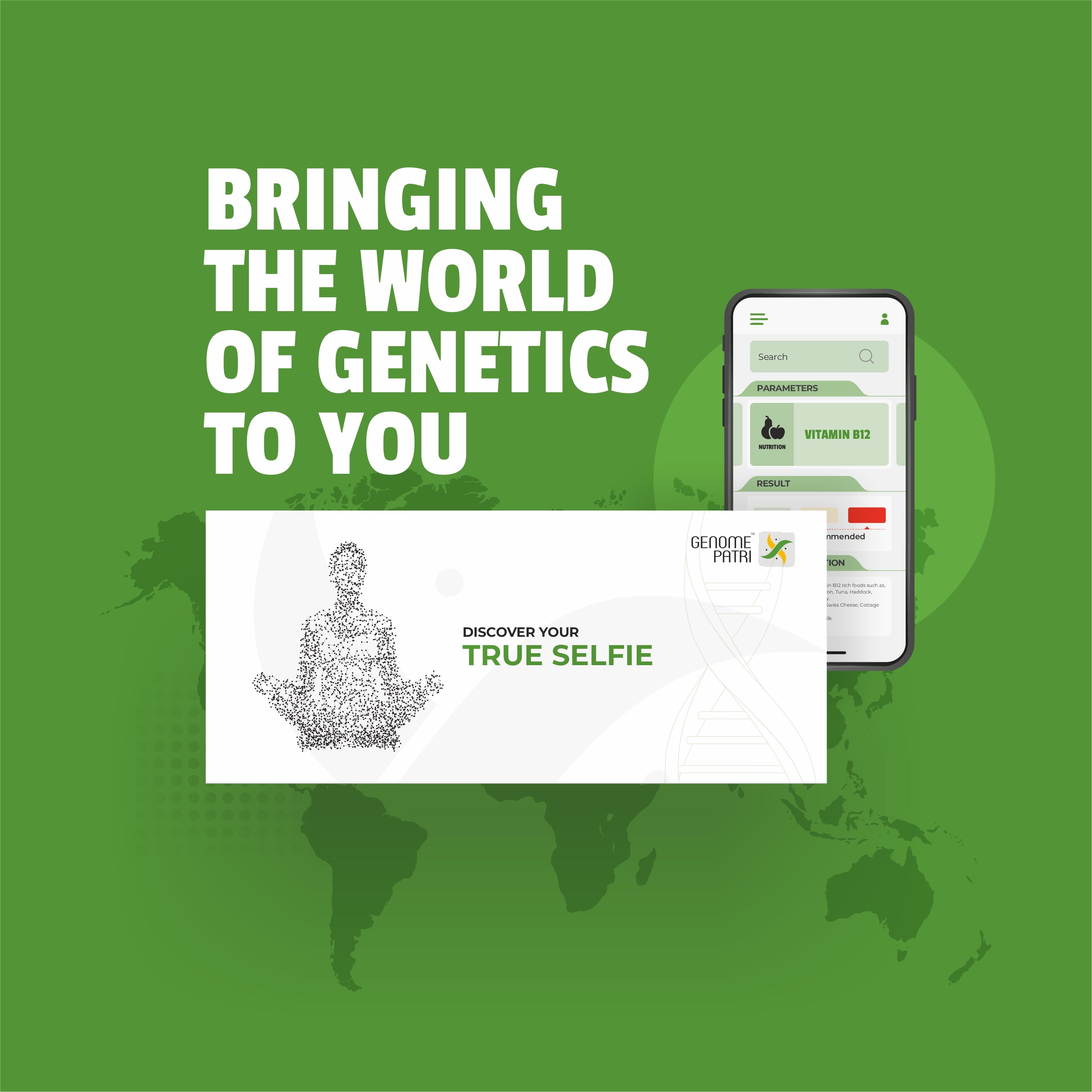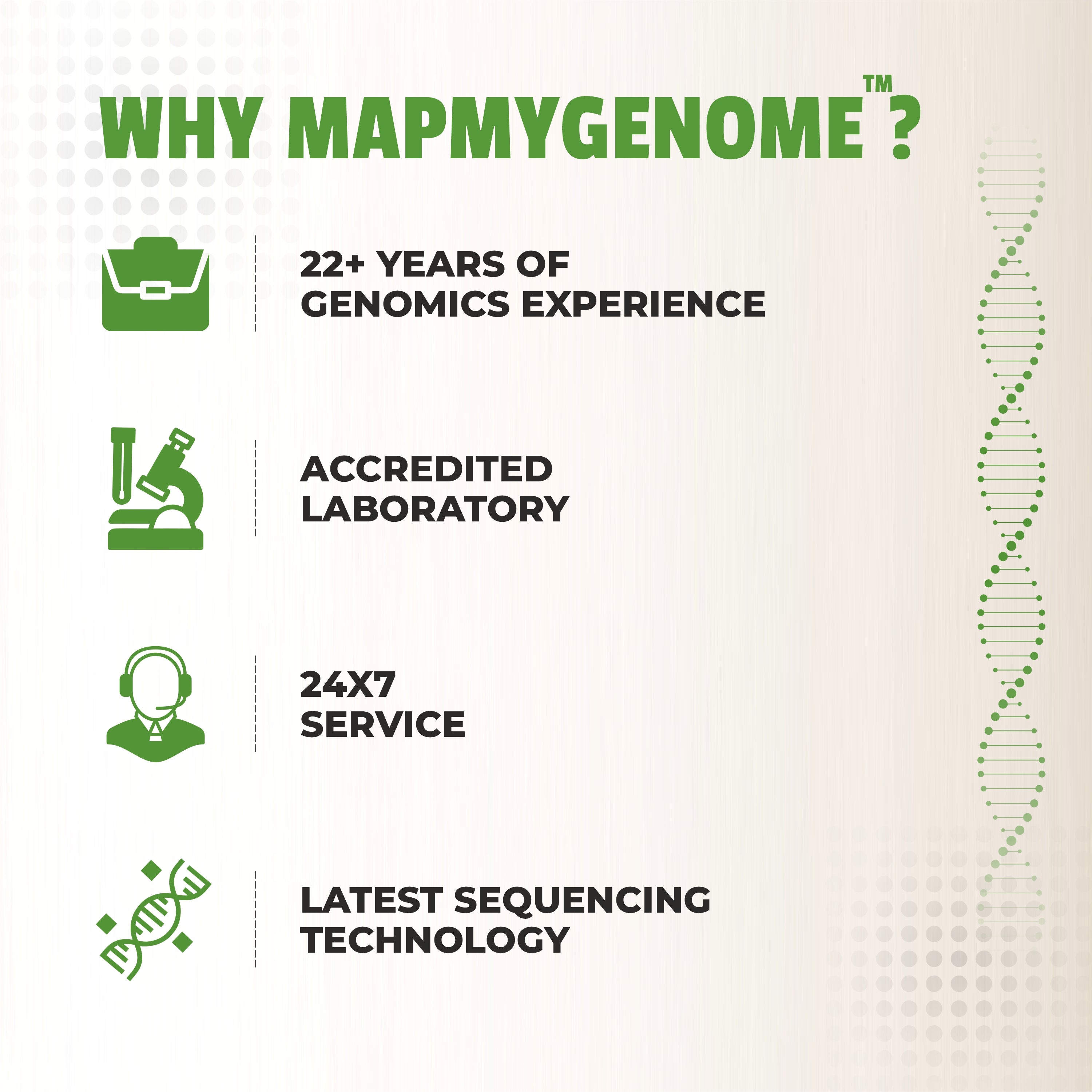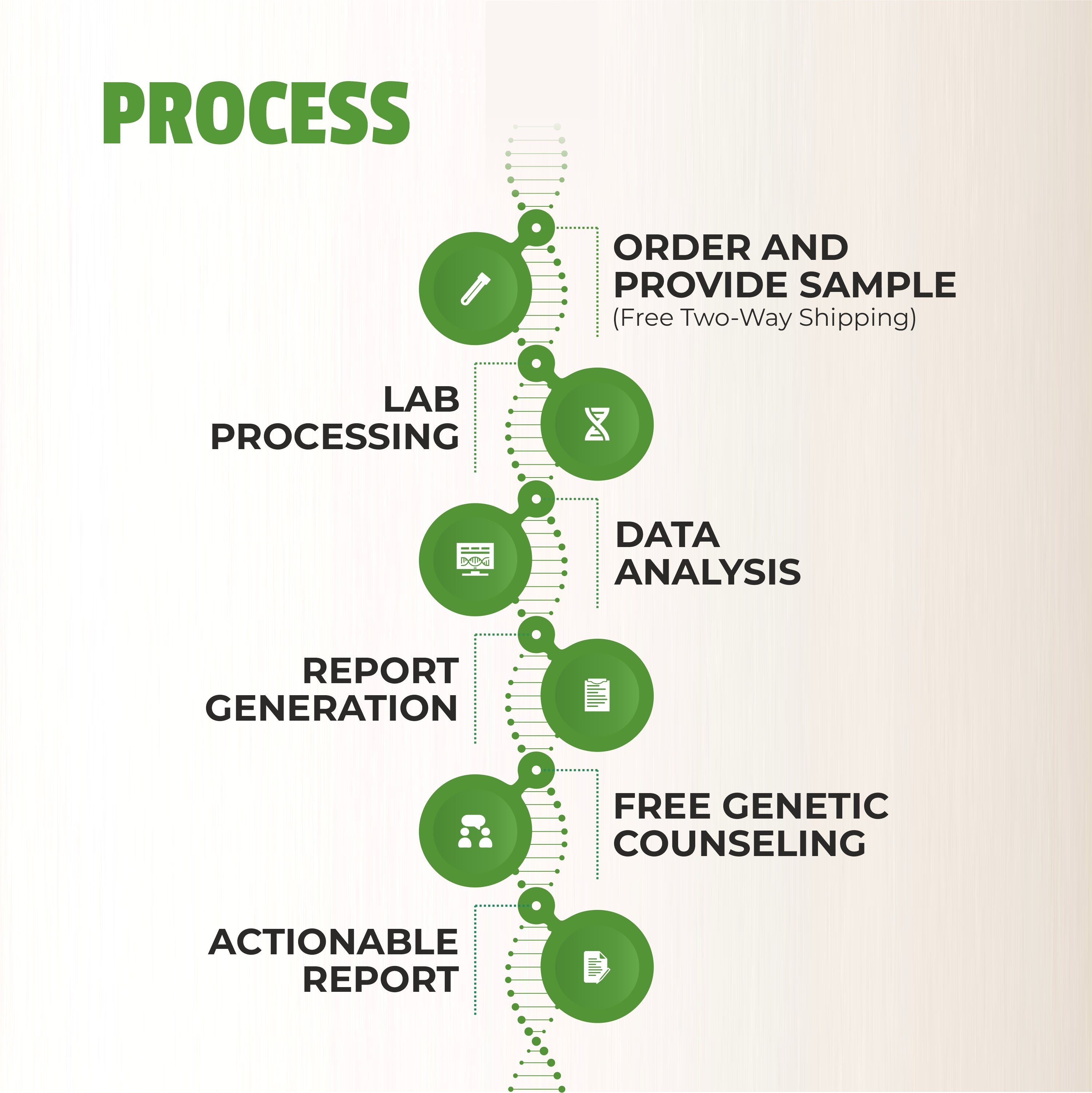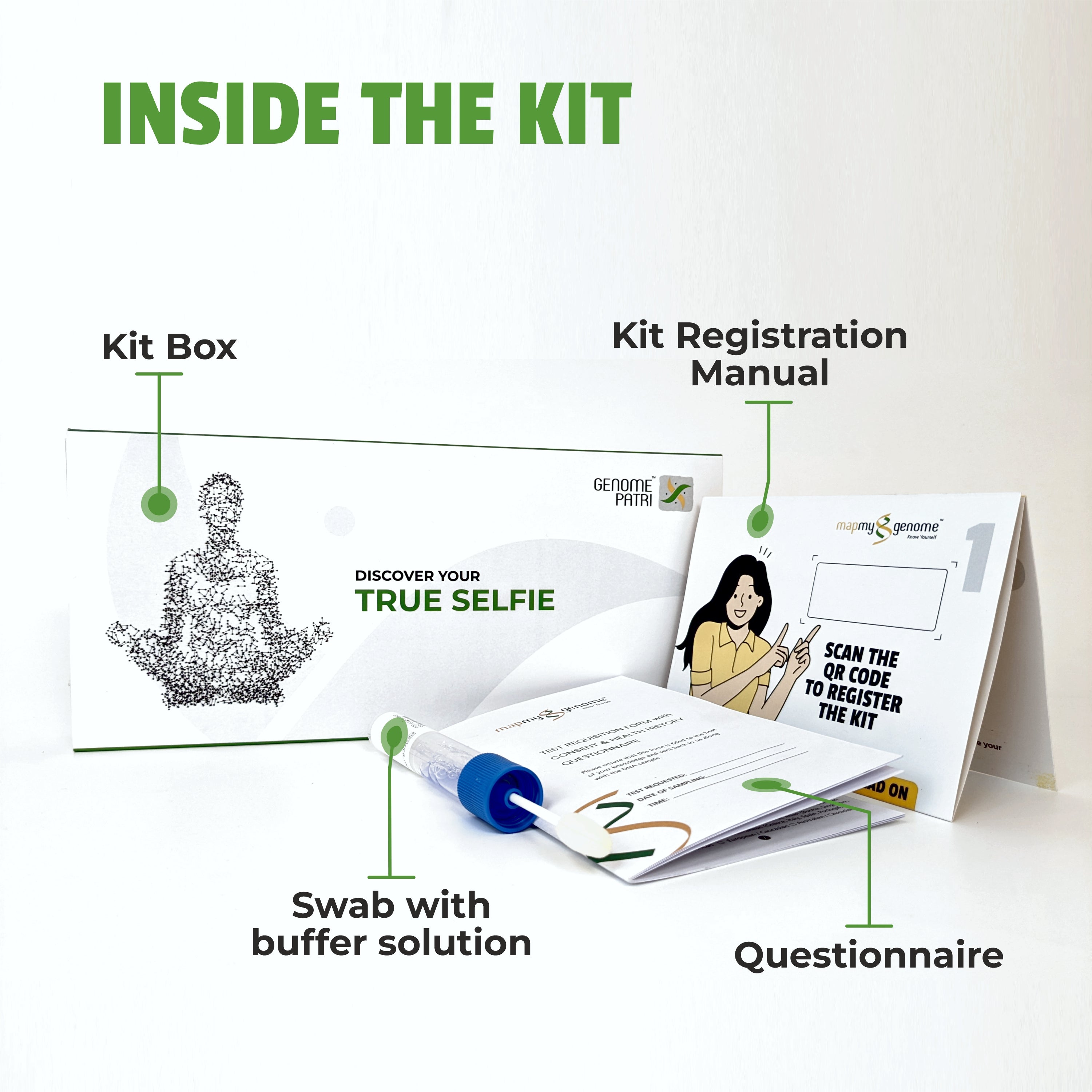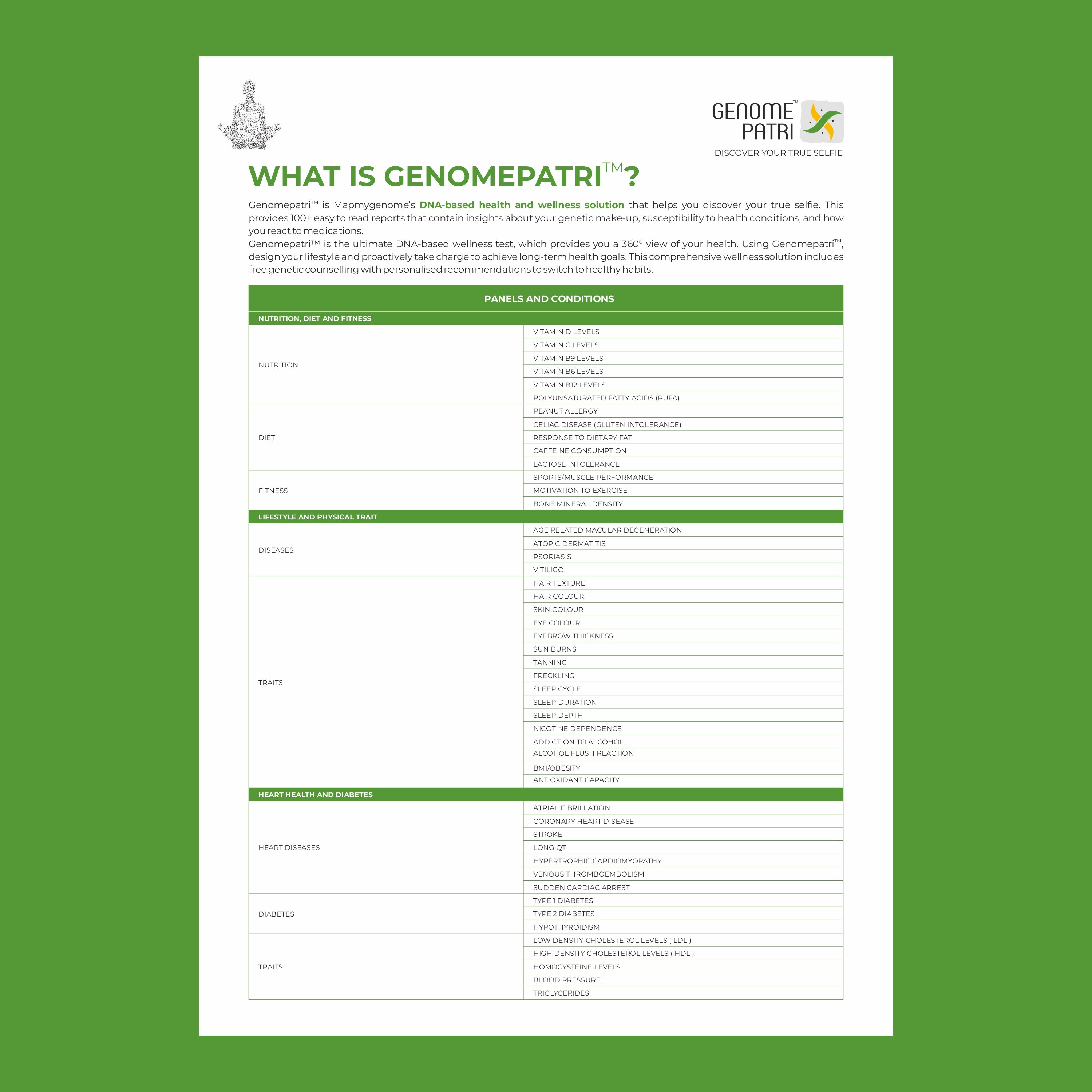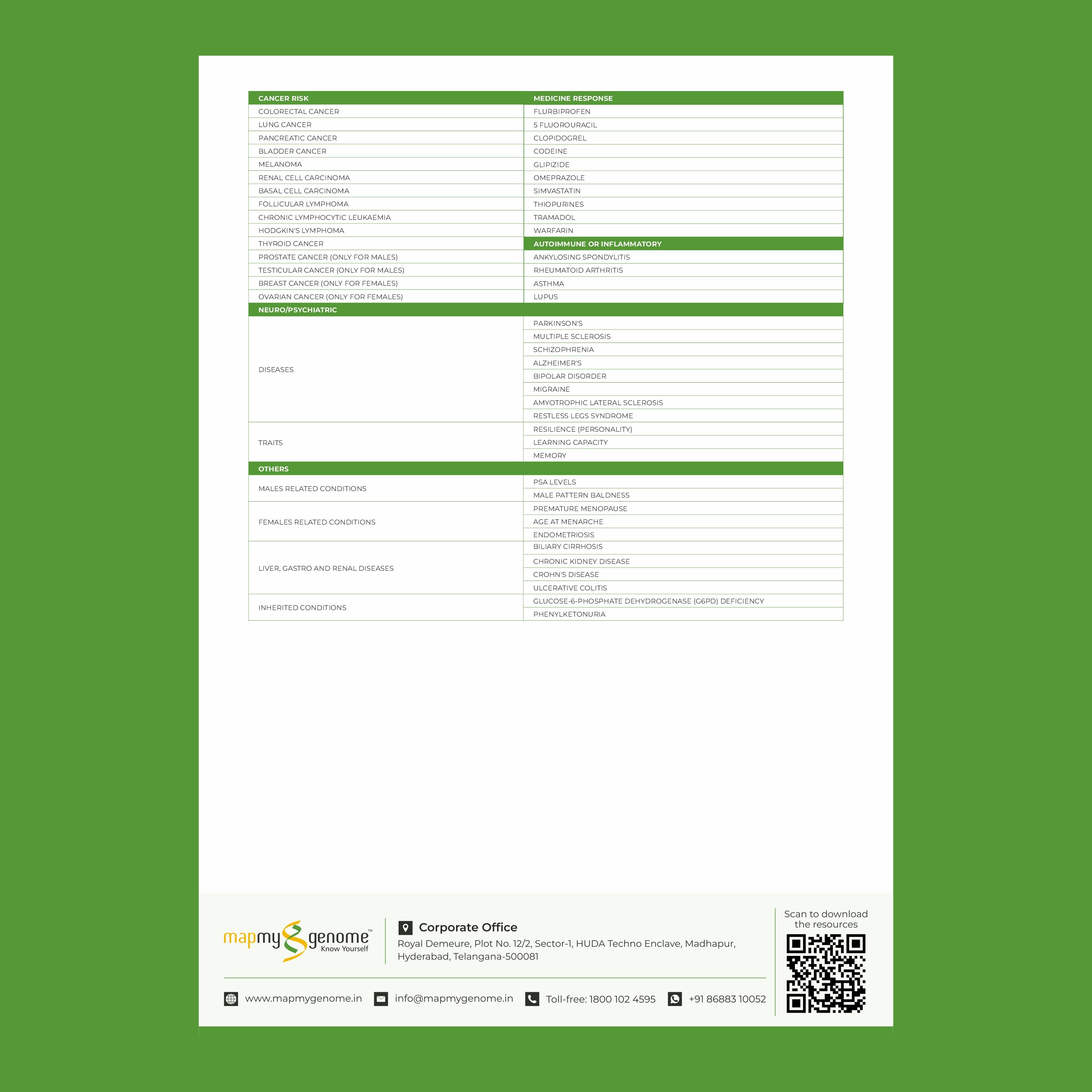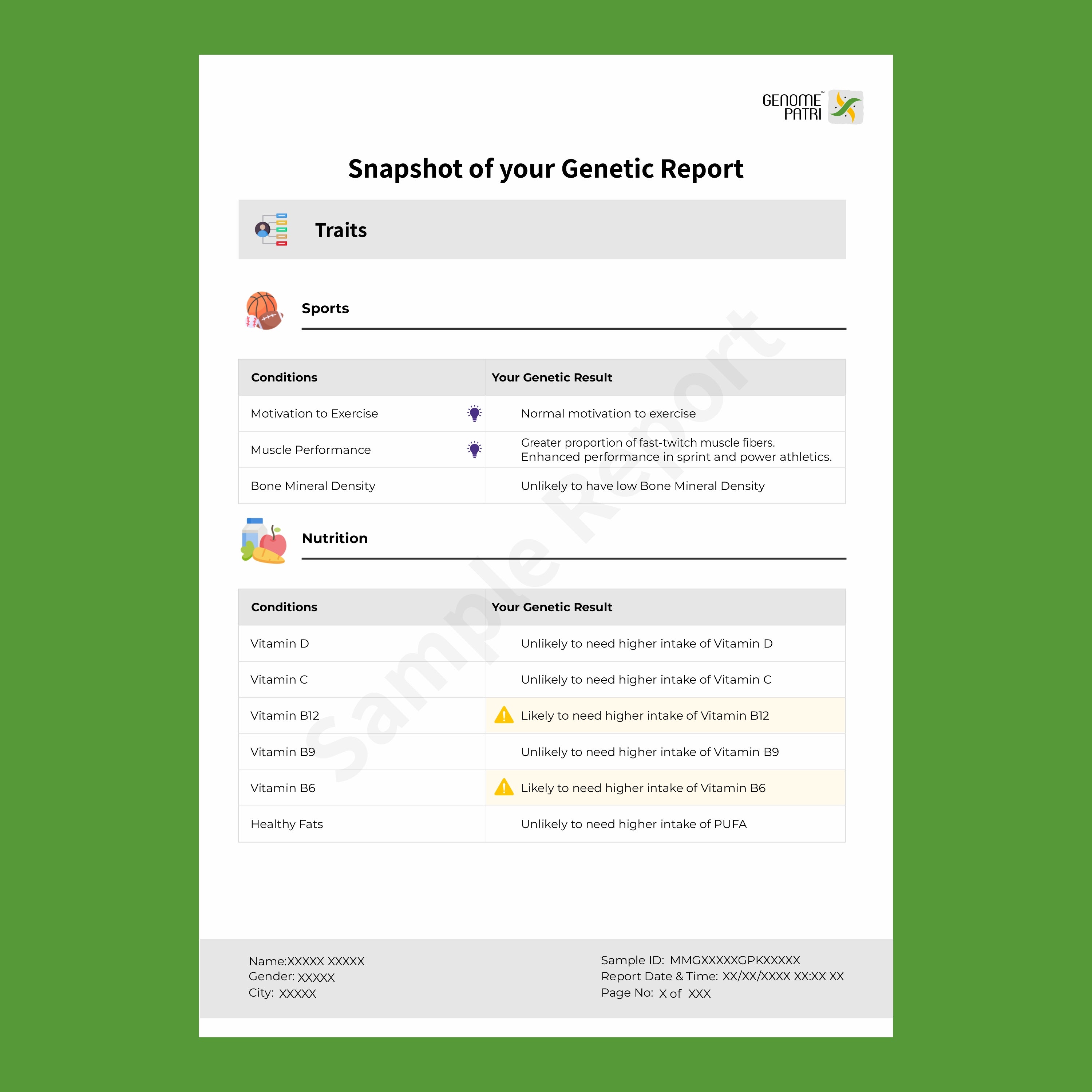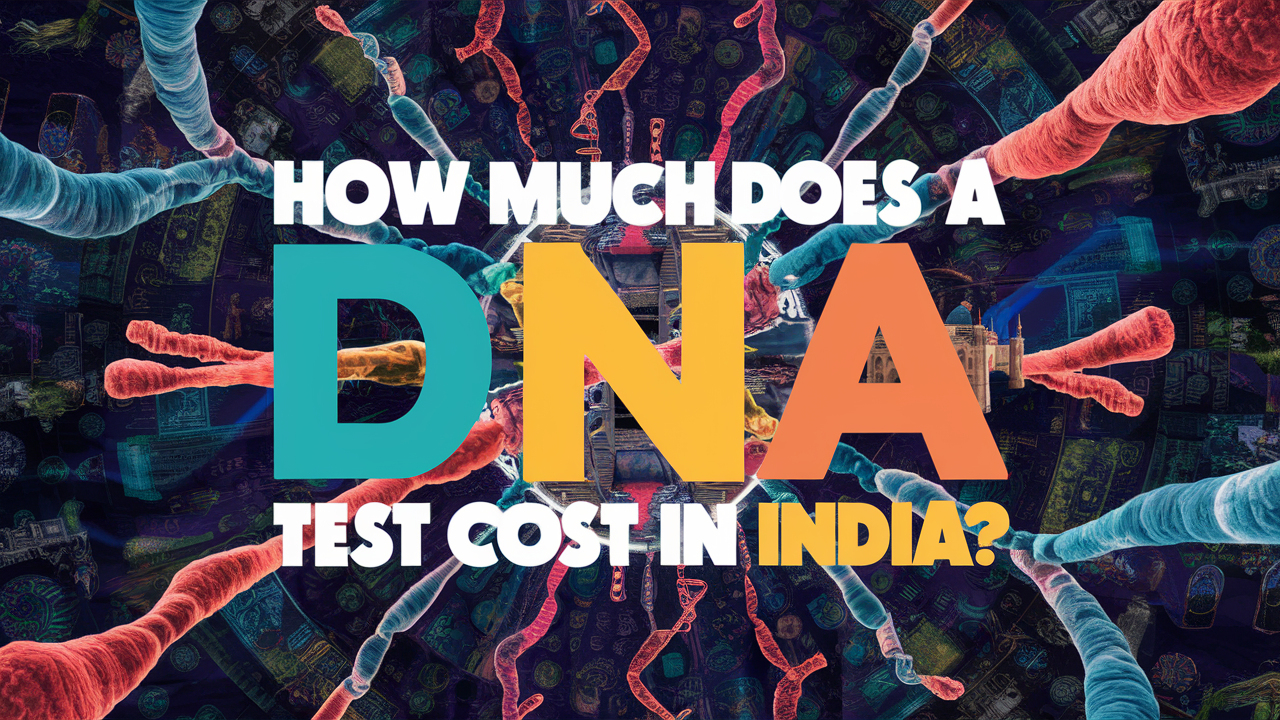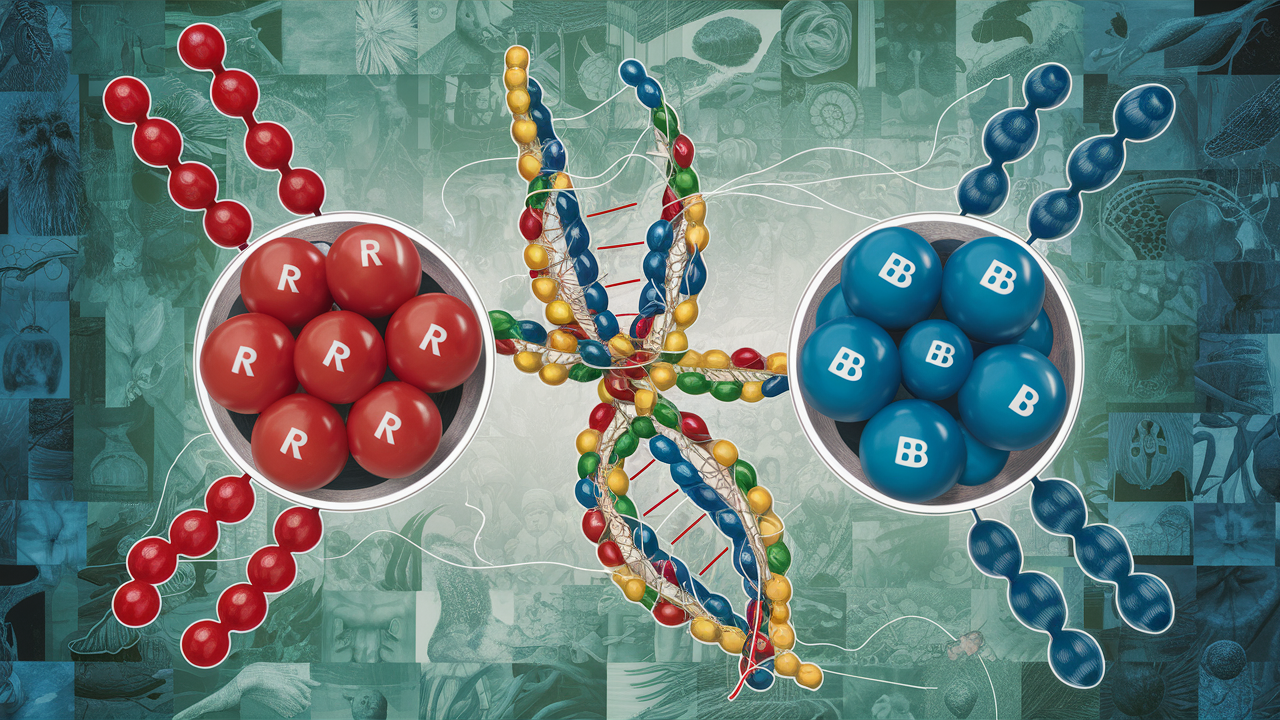At one time, when one said, ‘bleeding disorder’, people heard ‘male with hemophilia’. In the last few years, the world has started seeing that a bleeding disorder means much more. It’s hemophilia A and B, von Willebrand disease (VWD), and other conditions. It’s men, boys, women and girls. It’s the parents and the friends who support the person with a bleeding disorder. In short, ‘bleeding disorder’ means community—a community that deserves recognition, and one that needs our support. Please join us on April 17 to show the world that you care about equitable access for all.
—Cesar Garrido, President, The World Federation of Hemophilia.
As we commemorate World Hemophilia Day 2024 under the theme of "Equitable access for all: recognizing all bleeding disorders," it's essential to delve into understanding bleeding disorders. This theme underscores the importance of ensuring that individuals with all types of bleeding disorders have equal access to diagnosis, treatment, and comprehensive care. Building upon the foundation laid in our exploration of "Access for All: Prevention of Bleeds as the Global Standard of Care" in 2023, we continue to advocate for inclusive care practices that recognize the diverse spectrum of bleeding disorders and prioritize preventative measures to improve health outcomes worldwide.
Bleeding disorders encompass a group of conditions characterized by the inability of blood to clot properly. In normal clotting, platelets, a type of blood cell, form a plug at the site of injury, while clotting factors in the blood interact to create a fibrin clot, facilitating healing and preventing excessive bleeding. Disruptions in this process, caused by factors such as insufficient platelets, abnormal clotting proteins, or irregular blood vessels, can lead to bleeding disorders.
Am I at Risk? Recognizing Signs and Symptoms
Bleeding disorders, such as hemophilia and VWD, typically manifest with specific signs and symptoms that warrant attention. Individuals with a family history of bleeding disorders should be vigilant for the following indicators:
- Easy bruising
- Bleeding gums
- Heavy bleeding from small cuts or dental work
- Unexplained nosebleeds
- Heavy menstrual bleeding (in females)
- Bleeding into joints
- Excessive bleeding following surgery
These symptoms may signal an underlying bleeding disorder and should prompt consultation with a healthcare professional for further evaluation and management. You may be referred to a hematologist, a doctor who specializes in the treatment of blood disorders.
The Spectrum of Bleeding Disorders
Bleeding disorders encompass a range of conditions, each with its own unique characteristics and challenges. While hemophilia is perhaps the most well-known bleeding disorder, there are others that also deserve attention.
- Hemophilia:
Hemophilia, a rare, inherited bleeding disorder, is classified into type A or type B, depending on the deficient clotting factor. Hemophilia A arises from a mutation in the F8 gene, which codes for clotting factor VIII. Hemophilia B, on the other hand, results from a mutation in the F9 gene, responsible for producing clotting factor IX. Both genes are located on the X chromosome. Women who inherit a single defective copy of the gene are carriers, and men who inherit the defective X chromosome typically exhibit symptoms. Carrier women may range from asymptomatic to symptomatic based on random X chromosome inactivation pattern.
Symptoms of hemophilia vary in severity, ranging from mild to severe, and may include prolonged bleeding from cuts or injuries, joint pain, and spontaneous bleeds. Without adequate clotting factors, individuals with hemophilia are at risk of internal bleeding, which can lead to joint, organ, and tissue damage over time.
Historically, hemophilia treatment relied on transfusions of factor VIII obtained from donor blood. However, concerns over blood-borne viruses prompted advancements in synthetic blood factors. Today, factor-replacement therapies, synthesized through genetic engineering, offer safer and more effective treatment options for individuals with hemophilia.
- von Willebrand Disease:
von Willebrand disease (VWD), another inherited bleeding disorder, arises from a deficiency in functioning von Willebrand factor, a critical protein coded by the VWF gene, essential for blood clotting. Classified into three types based on factor levels and activity, VWD can affect both males and females, with women experiencing heightened symptoms during menstruation.
Early diagnosis is key to managing VWD effectively. With timely detection and appropriate treatment, individuals with von Willebrand disease can lead normal, active lives. While individuals with mild cases may not require treatment, those with more severe forms may benefit from drugs that increase von Willebrand factor levels or infusions of blood factor concentrates. Precautions should be taken before surgical procedures or dental work to minimize the risk of excessive bleeding.
- Acquired Bleeding Disorders:
Bleeding disorders aren't just for those with a family history. Acquired bleeding disorders can develop throughout life due to various reasons. Underlying medical conditions, medications, and even vitamin deficiencies can be culprits. Platelet disorders are the most common cause of bleeding disorders and are usually acquired rather than inherited. These disorders result from abnormalities in platelet function or quantity, leading to impaired clot formation and increased bleeding risk.
Genetics: Guiding Personalized Care:
Understanding the genetic roots of bleeding disorders is crucial for tailored treatment. Genetic testing provides vital insights into specific gene mutations, aiding precise diagnoses and individualized care plans. Genetic counselors offer invaluable support, providing education and guidance to navigate genetic information effectively. By integrating genetic testing and counseling, we empower individuals to make informed decisions about their health journey.
Here at Mapmygenome, we've got your back! We offer several genetic tests for inherited bleeding disorders like - Clinical Exome Sequencing (CES), Whole Exome Sequencing (WES), intron inversion studies, etc. Mapmygenome’s team of experienced genetic counselors is ready to provide you with excellent insights and guidance in choosing the correct test for you. Contact Mapmygenome’s genetic counseling team to learn more about genetic testing in inherited bleeding disorders. Your health journey just got a whole lot clearer!
Conclusion: Empowering the Bleeding Disorders Community
As we come together to observe World Hemophilia Day 2024, it becomes evident that our journey towards inclusive care is far from over. We have made strides in expanding our understanding of bleeding disorders beyond hemophilia. However, there is still much work to be done to ensure that individuals with all types of bleeding disorders receive the diagnosis, treatment, and support they deserve.
India carries a substantial burden of bleeding disorders. Hemophilia, likely the second highest globally, affects over 136,000 people. However, underdiagnosis is a major concern, with estimates reaching up to 2.5 times higher. Hemophilia A seems to be the most common type, affecting potentially 4 to 19 individuals per 100,000 population. Similar challenges exist for VWD. While definitive data is lacking, VWD is likely more common than currently recognized due to underdiagnosis. Existing research suggests type 3 VWD might be the most prevalent subtype in India. The lack of large-scale studies and limited diagnostic accessibility makes solidifying these numbers challenging.
Through initiatives aimed at raising awareness, advocating for policy changes, and promoting early intervention, we can continue to break down barriers and empower the bleeding disorders community. By recognizing the diverse spectrum of bleeding disorders and prioritizing preventative measures, we can improve health outcomes and enhance the quality of life for individuals and families affected by these conditions. Let's stand together on April 17, demonstrating our commitment to equitable access. With unity and compassion, we can create a world where everyone, regardless of their condition, can thrive.




